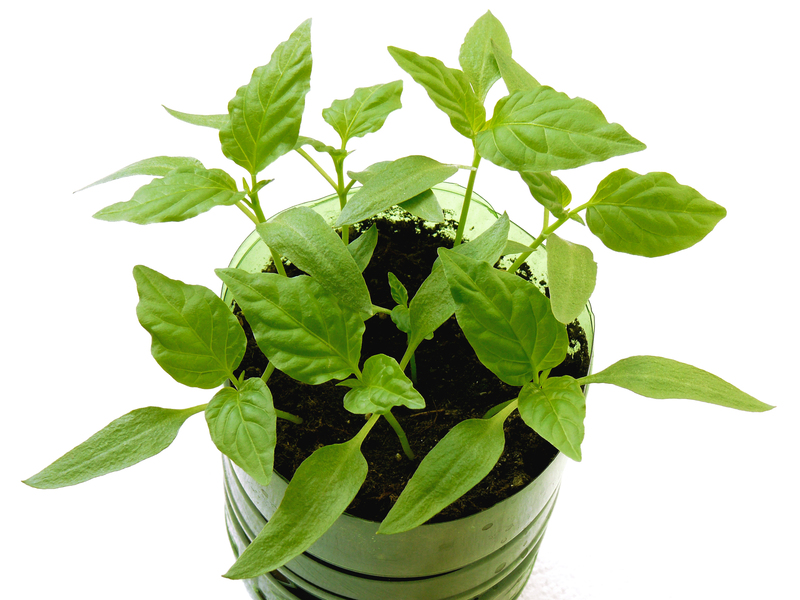Master the Art of Upcycling: Unique Ways to Reimagine Trash
Are you passionate about sustainability, looking for creative projects, or simply want to reduce your environmental footprint? Mastering the art of upcycling unleashes endless possibilities. In this comprehensive guide, we delve deep into unique upcycling techniques that transform everyday trash into treasures, help the planet, and ignite your creativity. Ready to reimagine your "waste"? Read on for inspiring, practical advice!
What is Upcycling? (And Why Should You Care?)
At its core, upcycling is the process of converting discarded items or waste materials into new products of higher value, quality, or usability. Unlike recycling, which often breaks down materials, upcycling preserves or even enhances the integrity of the original object, reducing energy consumption and promoting sustainable living.
- Reduces landfill waste
- Lowers environmental impact by minimizing resource consumption
- Unleashes creativity and innovation
- Can save money and add charm to your space
The movement to reimagine trash through upcycling is not just a trend. It's a practical, eco-friendly solution to modern consumer culture and growing waste problems. With a bit of imagination and the following unique upcycling techniques, anyone can become an upcycling artist.

Getting Started: Foundations of Upcycling
1. Identify Your Materials
The first step in mastering upcycling is to evaluate what you throw away. Common upcyclable materials include:
- Glass jars and bottles
- Plastic containers and lids
- Textiles: clothes, curtains, linens
- Old furniture
- Pallets and wood scraps
- Cardboard and paper
- Metal cans and tins
2. Tools and Safety
Equip yourself with basic tools like scissors, glue guns, saws, sandpaper, paint, and protective gloves. Safety should always come first when reimagining and transforming old items, especially when working with glass, metal, or chemical-based paints.
Creative Upcycling: Transforming Trash into Unique Home Decor
Repurposed Glass Jars & Bottles
- Mason Jar Lanterns: Insert fairy lights, sand, or pebbles for glowing, whimsical lanterns.
- Planters & Herb Gardens: Cut off bottle tops and use as cute pots for succulents or herbs.
- Pendant Light Fixtures: Transform colored bottles into trendy lighting shades.
Old Furniture Makeovers
Don't throw away that broken chair or chipped table! Furniture upcycling is an art form that blends restoration and creativity:
- Paint or stain for a new look.
- Patchwork with fabric scraps for a boho feel.
- Turn a ladder into a shelf, or a suitcase into a vintage coffee table.
Upcycled Textile Projects
- T-shirt Tote Bags: Repurpose old shirts into reusable shopping bags - no sewing required!
- Quilts and Cushions: Combine fabric scraps for cozy, personalized home accessories.
- Denim Organizers: Old jeans pockets stitched onto a canvas make unique wall storage.
Plastic Fantastic: Reimagining Plastics
- Plastic Bottle Vertical Gardens: Slice bottles to hang on fences or balconies, perfect for herbs and flowers.
- Lid Art: Arrange colorful plastic lids into stunning mosaics for wall decor.
- Desk Organizers: Keep office supplies tidy with cut and painted plastic bottles.
The Artistry of Upcycling: Unconventional Ideas
Industrial Style with Metal Cans
- Tin Can Lanterns: Punch holes in patterns, spray paint, and add candles for an industrial vibe.
- Utensil Holders: Keep cutlery tidy, or use as quirky plant pots.
Pallet Perfection: Wood Waste Wonders
- Outdoor Furniture: Pallets make rustic tables, benches, and even beds.
- Wall Art: Disassemble and reassemble pallet wood to create statement wall features.
Cardboard Creations
- Kids' Playhouses: Build castles, forts, or dollhouses from large cardboard boxes.
- Organizer Drawers: Craft drawer dividers or storage bins from sturdy cartons.
- 3D Wall Art: Paint and layer cardboard for textured, eco-friendly art displays.
Upcycling for the Garden
Eco-Friendly Planters
- Tin cans, plastic tubs, and teapots all make charming planters.
- Broken kitchenware (cups, kettles) can be used as succulent pots.
- Vertical gardens with repurposed shoe organizers or hanging bottles maximize space.
DIY Tools and Accessories
- Old boots as quirky flower pots
- Reclaimed wood for compost bins or raised beds
- Plastic bottles for mini watering cans
Upcycled Fashion: Sustainable Style with a Story
- Jewelry from broken earrings and scrap metals
- Tote bags, wallets, and hats crafted from old denim or leather jackets
- DIY tie-dye and embroidery to refresh stained or faded clothes
- Patchwork denim jackets for one-of-a-kind fashion statements
- Felted sweater mittens and beanies for winter warmth
Upcycling in Everyday Life: Practical Tips & Tricks
- Start small: Reserve a box for potential upcycling materials, and let inspiration strike over time.
- Host upcycling parties: Share ideas and supplies with friends and family for collaborative creativity.
- Learn basic skills: Sewing, simple woodworking, and painting can elevate your projects.
- Document & share: Inspire others by sharing your upcycled masterpieces on social media or community boards.
Upcycling for Kids: Fun, Safe, and Educational
- Craft Bottle Launchers - Use plastic bottles to build safe, air-powered rockets for science learning and fun.
- Egg Carton Critters - Transform egg cartons into bugs, animals, and monsters with paint and googly eyes.
- Pillow Forts - Cardboard boxes become pirate ships or castles in minutes, fostering play and imagination.
- Homemade Musical Instruments - Shakers from cans, drums from tubs, and maracas from plastic bottles.
The Environmental Impact of Upcycling
Upcycling is a cornerstone of the circular economy. By repurposing items that would otherwise be discarded, we:
- Save resources that would be used for new products
- Reduce landfill space and pollution
- Lower greenhouse gas emissions from manufacturing
- Encourage mindful consumption
Mastering the art of upcycling helps communities transition to sustainable lifestyles. Every small project contributes to a cleaner, greener world.
How to Master the Art of Upcycling
- Observe before you discard: Before tossing something, imagine new ways it could serve a purpose.
- Research & get inspired: Pinterest, Instagram, and upcycling blogs are treasure troves of ideas.
- Get hands-on: Trial and error is part of the journey--don't fear mistakes!
- Join local groups: From repair cafes to crafting collectives, collaboration boosts your skills and impact.
Showcasing Your Upcycled Creations
- Host an upcycled art exhibition at a community center or school.
- Gift unique upcycled crafts during holidays, promoting sustainability to loved ones.
- Open an online store to sell your upcycled pieces and inspire others worldwide.

Frequently Asked Questions (FAQs) About Upcycling
Q1: What items are best for upcycling beginners?
- Glass jars - endlessly versatile and easy to clean.
- T-shirts and old jeans - soft material is easy to cut and sew.
- Cardboard - easy to shape, glue, and paint.
Q2: Is upcycling really better than recycling?
Yes! Upcycling typically uses less energy than recycling because it skips the resource-intensive breakdown and manufacturing stages. It also leads to creative, useful products and reduces demand for new goods.
Q3: Where can I find inspiration?
Explore DIY websites, YouTube tutorials, and local craft fairs. Following social media hashtags like #Upcycle, #TrashToTreasure, or #CreativeReuse will keep ideas flowing.
Conclusion: Embrace Creativity, Sustainability, and Fun
Reimagining trash is more than an eco-friendly hobby. It's a movement--blending environmental stewardship, personal creativity, and community building.
Whether you want to decorate your home, save money, or teach sustainable values to your kids, mastering the art of upcycling opens up a world of possibilities. Each project you complete sends a powerful message: "Waste is just the starting point for something amazing."
Get started today and reimagine your trash into something uniquely yours--and help shape a sustainable future for generations to come!
